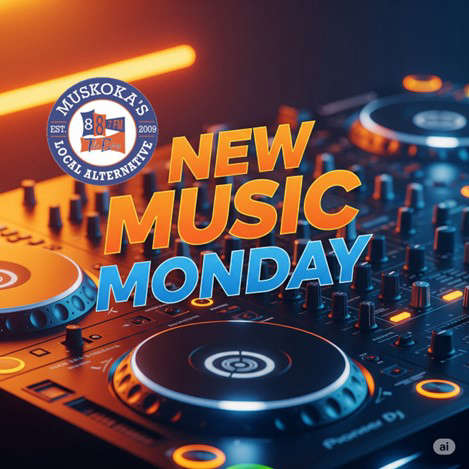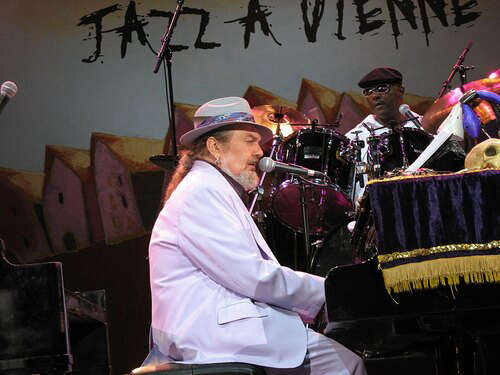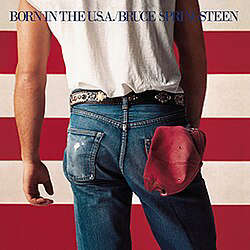
Ray Charles was one of the first artists to secure ownership of his master recordings, setting a lasting precedent for artist rights in the music industry.
On June 10, 2004, the world lost Ray Charles Robinson—known globally as Ray Charles—who passed away at his Beverly Hills home at the age of 73 following a long illness. Though his death marked the end of a remarkable life, Charles had already secured his place as one of the most important and influential figures in 20th-century music. Nicknamed “The Genius,” Charles not only mastered a wide range of genres but helped shape the very language of American popular music.
Ray Charles was born on September 23, 1930, in Albany, Georgia, and spent his childhood in Greenville, Florida. His early life was shaped by significant tragedy: at just five years old, he saw his younger brother drown, and by the age of seven, he had lost his sight, likely due to untreated glaucoma. Through it all, his mother, Aretha, emphasized self-reliance—a trait that became a cornerstone of his character and future success.
Charles enrolled at the Florida School for the Deaf and the Blind, where he studied classical music and learned to write and arrange compositions in Braille. While his formal education focused on classical training, he found himself increasingly inspired by the jazz and blues music he heard beyond the classroom walls—genres that would later become central to his style. After losing his mother in his teens, he left school and started performing professionally, eventually settling in Seattle. There, he crossed paths with a young Quincy Jones and began recording more seriously.
During the early 1950s, Charles started crafting a musical style that would come to define soul music—an impassioned fusion of gospel, blues, and jazz. His 1954 release “I Got a Woman” is often cited as one of the genre’s earliest milestones. With a voice rooted in gospel and a delivery full of emotion and nuance, Charles created a sound that was both deeply personal and widely influential.
Hits like “What’d I Say” and “Drown in My Own Tears” followed, and Charles signed with Atlantic Records, where he was given significant creative freedom. His move to ABC-Paramount in 1960 was equally groundbreaking. In an era when Black artists had little control over their work, Charles negotiated one of the first major contracts that included ownership of his master recordings—a rare and visionary move.
At the height of the civil rights movement, Charles released Modern Sounds in Country and Western Music (1962), a daring and commercially successful album that defied both genre expectations and racial divisions. His version of “I Can’t Stop Loving You” became a No. 1 hit, proving that country and soul could not only coexist, but thrive together.
Charles was also outspoken in his convictions. In 1961, he refused to play a segregated venue in Georgia, a decision that led to a ban from performing in the state. Years later, the ban was lifted and Georgia adopted his version of “Georgia on My Mind” as its official state song—a powerful symbol of recognition and reconciliation.
Though Charles achieved enormous success, his life was not without challenges. He struggled with heroin addiction for many years and was arrested in 1965 on drug charges. Following rehab, he remained clean for the rest of his life. He was married once and fathered 12 children with nine different women. He spoke candidly about his personal shortcomings, yet was also known for his philanthropy, particularly in education and support for young musicians and students with disabilities.
Charles received many major accolades throughout his life, including the National Medal of Arts, the Kennedy Center Honors, and 18 Grammy Awards—five of which were awarded after his death. In 1986, he was one of the first musicians inducted into the Rock and Roll Hall of Fame. Years later, Rolling Stone placed him at No. 10 on its list of the 100 Greatest Artists of All Time.
Charles continued to perform well into the early 2000s, sometimes logging more than 200 live dates in a single year. His final album, Genius Loves Company, was released posthumously in 2004 and went on to win eight Grammy Awards, including Album of the Year.
Ray Charles’s influence spans generations. His ability to transcend musical boundaries paved the way for artists across genres, from Aretha Franklin and Stevie Wonder to Elton John and Kanye West. His life and legacy were brought to the screen in the 2004 biopic Ray, with Jamie Foxx’s Oscar-winning portrayal introducing Charles’s story to a new generation.
Twenty-one years after his passing, Ray Charles remains a towering figure in the history of American music. His work endures not only for its brilliance, but for its honesty, resilience, and refusal to be confined by expectation. His voice still resonates—raw, joyful, and utterly unforgettable.
________________________________________
Ray Charles: Essential Tracks
A short list of standout songs that defined “The Genius”
• “I Got a Woman” (1954)
A breakthrough hit that helped shape the sound of soul music.
• “What’d I Say” (1959)
An electrifying, improvised song that became one of his biggest hits.
• “Georgia on My Mind” (1960)
A chart-topper and Grammy winner that became the official state song of Georgia.
• “Hit the Road Jack” (1961)
A call-and-response classic that won a Grammy for Best Rhythm & Blues Recording.
• “Unchain My Heart” (1961)
A bluesy, pleading vocal performance that became another signature tune.
• “You Don’t Know Me” (1962)
A haunting ballad from Modern Sounds in Country and Western Music.
• “I Can’t Stop Loving You” (1962)
A No. 1 hit that brought country-soul crossover to the mainstream.
• “Busted” (1963)
A soulful take on financial hardship, written by Harlan Howard.
• “Seven Spanish Angels” (1984)
A duet with Willie Nelson that topped the country charts.
• “Here We Go Again” (2004)
Posthumous duet with Norah Jones from Genius Loves Company, which won a Grammy.
________________________________________
Sources
Ray Charles official website
Rolling Stone
Ray (2004), Universal Pictures
Rock and Roll Hall of Fame
Grammy Awards official site
Brother Ray: Ray Charles' Own Story by Ray Charles and David Ritz
Library of Congress National Recording Registry
This image is licensed under the Creative Commons Attribution-Share Alike 2.0 Generic license.



 Ranking David Bowie’s 10 Greatest Albums
Ranking David Bowie’s 10 Greatest Albums
 New Music Monday: Brass, Beats, and Big Foot: Five New Tracks to Shake Up Your Summer Playlist
New Music Monday: Brass, Beats, and Big Foot: Five New Tracks to Shake Up Your Summer Playlist
 Remembering Dr. John: The Voodoo Voice of New Orleans
Remembering Dr. John: The Voodoo Voice of New Orleans
 On This Day: Jurors see the gun Phil Spector used to kill Lana Clarkson
On This Day: Jurors see the gun Phil Spector used to kill Lana Clarkson
 40 Years of ‘Born in the U.S.A.’: Bruce Springsteen’s Anthem Turns 40 Amid Renewed Political Firestorm
40 Years of ‘Born in the U.S.A.’: Bruce Springsteen’s Anthem Turns 40 Amid Renewed Political Firestorm











Comments
Add a comment